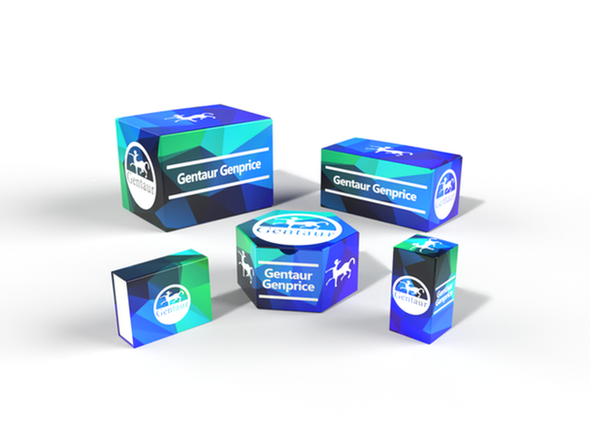BW
Frizzled-6 (G169) polyclonal Antibody | BS5721
- SKU:
- BW-BS5721
- Availability:
- Usually ships in 5 working days
Description
Frizzled-6 (G169) polyclonal Antibody | BS5721 | Gentaur UK, US & Europe Distribution
Host: Rabbit
Reactivity: Human,Mouse,Rat
Application: WB IF
Application Range: WB: 1:500~1:1000 IF: 1:50~1:200
Background: Frizzled-6 (FZD6, also known as frizzled homolog 6 in Drosophila) is a seven-transmembrane domain receptor that binds the Wnt ligand and influences macroscopic hair patterning and other tissue polarity events. Frizzled-6 protein contains a signal peptide and a cysteine-rich domain (CRD) in the N-terminal extracellular region, and does not contain a C-terminal PDZ domain-binding motif. Frizzled-3 and frizzled-6 influence neural tube closure and the planar orientation of hair bundles on a subset of auditory and vestibular sensory cells. Madin-Darby canine kidney (MDCK) cells are competent to form tubules in vitro and express the frizzled-6 receptor, which is known to form a complex with Wnt-4 through the CRD in this cell type. Frizzled-6 is expressed as a 4.4 kb mRNA in various human tissues, including adult heart, brain, placenta, lung, liver, skeletal muscle, kidney, pancreas, thymus, prostate, testis, ovary, small intestine and colon.
Storage & Stability: Store at 4°C short term. Aliquot and store at -20°C long term. Avoid freeze-thaw cycles.
Specificity: Frizzled-6 (G169) polyclonal Antibody detects endogenous levels of Frizzled-6 protein.
Molecular Weight: ~ 79 kDa
Note: For research use only, not for use in diagnostic procedure.
Alternative Names: Frizzled6; Frizzled 6; Fz-6; hFz6; FZD6; FZD-6
Immunogen: Synthetic peptide, corresponding to amino acids 169-214 of Human Frizzled-6.
Conjugate: Unconjugated
Modification: Unmodification
Purification & Purity: The Antibody was affinity-purified from rabbit antiserum by affinity-chromatography using epitope-specific immunogen and the purity is > 95% (by SDS-PAGE) .
Pathway: Wntβ catenin signaling,






